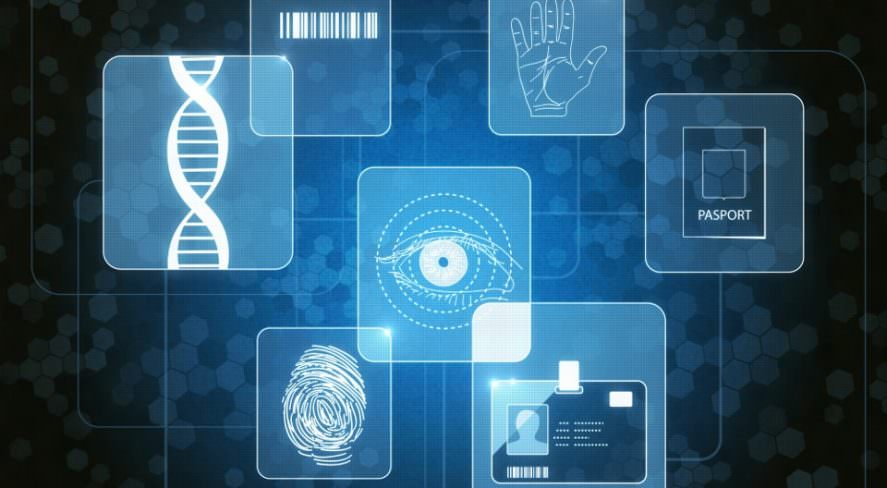Get to Know the SIA Identity and Biometric Technology Advisory Board

As SIA launches the Identity and Biometric Technology Advisory Board (IBTAB) this month following the addition of Identification Technology Association members (see press release from December 2020), and as we launch our call for volunteers to join this new advisory board, we wanted to first highlight a few of the members who have committed to serving on and guiding this group.
Teresa Wu, IDEMIA (IBTAB Acting Chair)
How did you first get involved in the biometrics industry?

My career in the biometrics industry started nearly two decades ago, when I accepted an internship with French defense and security company Sagem to work in the field of biometric access control and secure payment terminal. It was during this internship, in the months immediately following the 9/11 attacks, that I began to understand the importance of biometrics in the context of security, and I haven’t looked back.
What do you think is the public’s single biggest misconception about biometrics, and how would you correct the record?
The biggest misconception among the public is that biometrics can only be used to invade or violate another’s privacy rights. But biometrics and privacy are not mutually exclusive – when responsibly deployed within the right framework and architecture, biometrics actually enhances privacy.
Michael Bruce, Leidos
How did you first get involved in the biometrics industry?

I first learned about identity management in the late 1990s, while working with the U.S. Postal Service on identity proofing and secure documents. This spawned a Palo Alto identity management and proofing startup – SilentTrust – funded by Softbank. Ahead of its time, the startup closed with the end of the dot-com bubble. As a federal government program manager focused on the operational and policy aspects of biometrics, I developed a biometric identification program required for use by more than 50,000 agency employees. Later, working on a separate government program, I helped develop the policy framework for the implementation of a nationwide vetting system. My journey through the biometrics industry over the last three decades has shown that, with the right processes and audit mechanisms, identity management systems can be used for specific needs and citizen rights are protected.
With so much press attention being paid to biometric issues including facial recognition, what do you think federal policymakers need to know about the technology and its use by law enforcement agencies?
It’s important for policymakers to understand that biometric technology is a useful tool to assist law enforcement agencies when the right verifiable and auditable process and practices are in place. We’ve already seen examples of local jurisdictions following established policies that have been broadly upheld.
Benji Hutchinson, NEC Corporation of America
How did you first get involved in the biometrics industry?

After finishing graduate school in 2004, I knew I wanted to join the Foreign Service. So I took a job with a small company called the Orkand Corporation, which had a State Department contract to deploy multimodal biometric sensors and software for visa and passport issuance at U.S. embassies and consulates all around the world. On my first day, Orkand was acquired by the large systems integrator Harris, and I was afraid I’d be fired. But that fear was unfounded, and over the next two years at Orkland I learned quite a bit about the technology and traveled to nine countries and 14 different international cities across Costa Rica, Czech Republic, Ecuador, Guinea, Mexico, Morocco, Pakistan, Singapore and Yemen. After cutting my teeth in biometric technology, I continued gaining experience in the industry, ultimately landing at NEC, where I support biometrics and identify intelligence programs for the U.S. Department of Defense.
As you look at the biometrics industry today, what do you believe the biggest opportunities are in the coming 12-24 months?
Without a doubt, the biggest emerging opportunities in the near future are innovations around customer experience, digital transformation and border security. These opportunities are critically important for a variety of industries, including aviation, land and sea transportation hubs and ports, hospitality, health care, mobile platforms and retail. Over time, we expect to see explosive growth in private sector and commercial markets as well.
Want to Be Involved?
Learn more about the SIA Identity and Biometric Technology Advisory Board.
